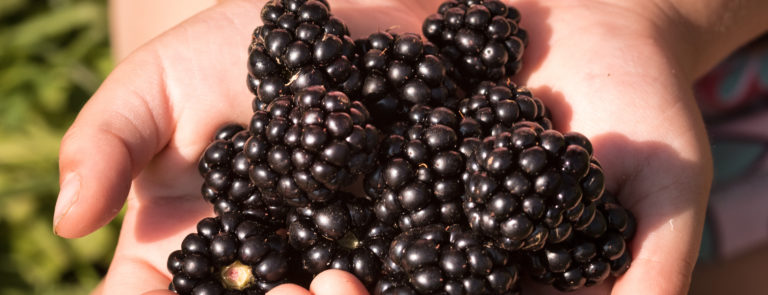20% off €40
Code:OFFER
A guide to the paleo diet

Click through to learn about the paleo diet, and how eating like our ancestors has become the latest diet that many actors and actresses swear by.
What is the paleo diet?
In simple terms, it’s about taking a step back in time and eating as our ancestors did, which is why it’s often referred to as the caveman diet or the hunter-gatherer-diet. It’s a popular diet with many famous actors and sportspeople, with Megan Fox, Matthew McConaughey, Anne Hathaway and Novak Djokovic all said to be big fans. The paleo diet involves ditching processed foods and embracing all things natural – plenty of fruits, vegetables, nuts, roots, fish and meat from animals that have been grass fed.What are the possible benefits of the paleo diet?
Fans of the paleo diet believe ‘clean eating’ leaves them looking and feeling healthier. They don’t see it as a short-term fix, but consider paleo a way of life and something they’ll be doing long term. There are both health benefits and health drawbacks with this diet, so you need to try and think objectively. Health benefits:- More healthy fats and protein will leave you fuller for longer, which could help you lose weight as you’ll be less inclined to snack between meals.
- More iron
- Eating more than your five-a-day of fruit and vegetables will mean you get an abundance of certain vitamins and minerals.
- Could help stabilise your blood sugar levels.
- Could result in you having more muscle and less fat.
- It could boost your digestive system.
- You’ll eat less ‘bad’ foods (processed and junk food).
- It’s suitable for people with food intolerances and allergies.
- The diet is restrictive and excludes whole food groups which isn’t good for your body. For instance, calcium which is found in dairy products is needed for your heart, bones, muscles and nerves to be healthy.
- Low in carbohydrates which can make you feel lethargic and cause dizzy spells. It makes the diet especially hard for athletes to stick to.
How to follow the paleo diet
Many people following the paleo diet want to be as authentic as possible so won’t eat any foods that weren’t readily available in the stone-age era. This means no legumes (such as peas, beans and lentils), root vegetables (such as carrots, potatoes and onions), dairy, refined vegetable oils, refined sugar, grains (such as oats, rice, wheat and barley) or salt passes their lips. The paleo diet requires real commitment but if you decide to give it ago you shouldn’t feel like you can’t break the rules occasionally by having a slice of cake or bowl of porridge. To make sure you stick with the diet, you’ll need to think creatively when it comes to cooking, as you’ll soon become bored if you cook the same meals week in, week out. To find out more and to get recipe inspiration you might want to read the following books by the world experts in everything paleo:- The Paleo Diet (2002) by Dr Loren Cordain.
- The Paleo Solution (2010) by Robb Wolf.
- The New Primal Blueprint (2016) and The Primal Blueprint Cookbook (2010) by Mark Sisson.



